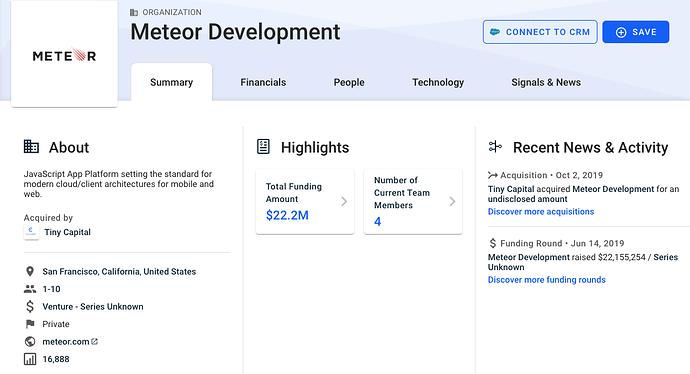Of What I remember (I saw numbers yesterday, Most Negative numbers come from people that did not use it.
As people, even a false reputation may come from old events or gossip, while the person might have changed.
Survey should function like some other awards: Comment or vote only if you tried it in the last year.
Another way used in statistics, is panels: Yes keep the same crowd followed over the years, if they do not like it something, record a comment.
Then, after the survey, make available answers, so anybody can reply to them at beginning or any time during the year until the new survey.
On the following years, People can see new comments as they are posted, giving chance to reevaluate things.
When they come to the new survey, show them again the reason they recorded as well as new comments, and ask them if they tried it again. Count them in the question only if it is based on experience.
Otherwise, their answer is not about last 365 days. Also, people could read and vote for comments, rather than adding one more comment, although they could a complementary comment under a specific main comment or feature.
The survey database would be a great log about evolution of each technology, beyond the summary numbers.
That way, we will know the up to date real reality for each technology, helping make a difference, for each technology, under a continuing same name, not needing to start again on a new name.

